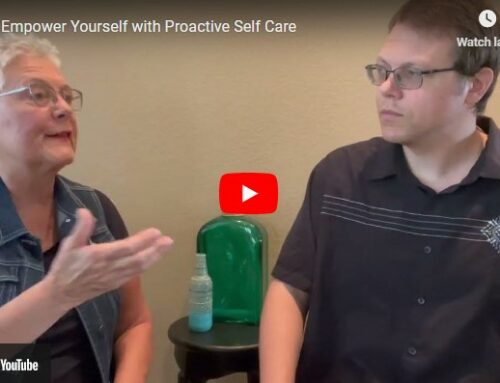Salivary hormone testing is an effective way to identify and treat hormone imbalances. Dr. Tina Marcantel is a naturopathic doctor in Gold Canyon, Arizona, who also serves the East Valley cities of Gilbert, Mesa, Tempe, Chandler, Apache Junction, Queen Creek, and the greater Phoenix area.
In this 3-part video Dr. Marcantel walks you through the results of a salivary hormone test, showing how the test can be used for identifying and treating hormone imbalances.
Transcript:
All right, if we go on to page two here, we will see the graph. So what this particular company did was they took some of these hormones here and they graphed them for the age group of that particular person. So you get a little bit more specific because on the first page we have a range of results here, a range of what’s in the normal range, and then on the back for all ages.
But on on page two we have very specifically for that particular patient’s age group. And as you can see, yes, the estradiol, which is a type of estrogen, is low but the progesterone is also low. And then when we make– remember that ratio of progesterone to estrogen and it’s low we need progesterone. The other good thing about progesterone is it turns into other hormones it can turn into testosterone and thus into estrogen in the body so a lot of times when the estrogen is low once the progesterone– the body gets enough progesterone, it will turn into other hormones that are low. So that’s why I just really love using that as well.
We can see here that the DHEA is pretty low, as well. We want to, of course, get on that middle line– that green middle line –when the DHEA is low it’s telling me that that particular person probably has adrenal fatigue issues and so we are going to look a little bit closer at that. They’re probably tired they’re probably craving sugars and salt–that’s one of the the other signs and symptoms of adrenal fatigue.
As you can see here, the saliva cortisol, it just shows us what we saw on the previous page that the morning cortisol was very high and then for this particular person’s age group the rest of the cortisol so that day were low. So that’s telling me that that patient probably has a lot of energy first thing in the morning and then just the energy is decreased probably starting around noon-ish.
And looking here at page 3 we have all of the patients signs and symptoms that they gave us and it’s on this graph. On page 4 we have a continuation of the signs and symptoms on the graph as well.
And last but not least we have lab comments. How thorough is this testing? I love it! The lab comments are given to us by one of the doctors that does the labs over in Oregon and for this test, this particular test, what they do is they give us lab comments about the signs and symptoms combined with the saliva test results. And it is just really good because it’s like a second opinion.
When I give patients–when I read to patients all that they need to hear from their lab results and we come over here and we get the lab comments and they’re spot-on, most of the time, then it just makes people feel like they are heard and their symptoms are confirmed not only with a saliva lab test but lab comments from another doctor, as well.
I hope this helps you better understand the need for hormone testing.





